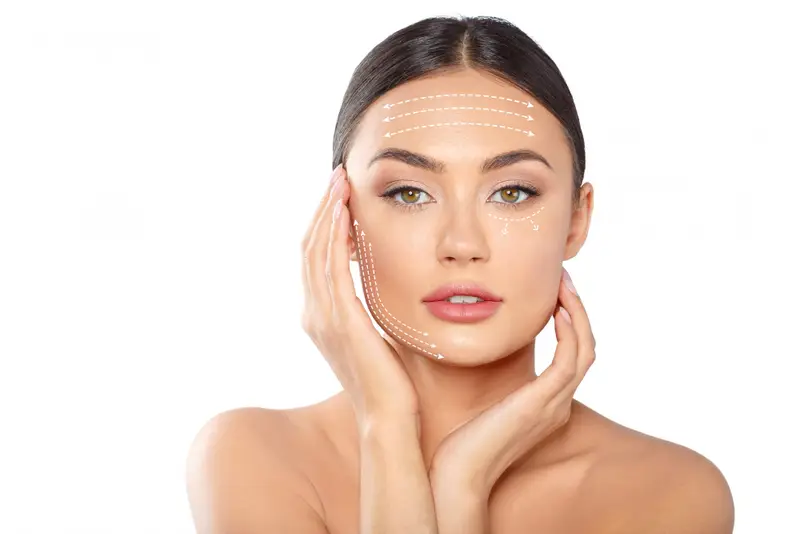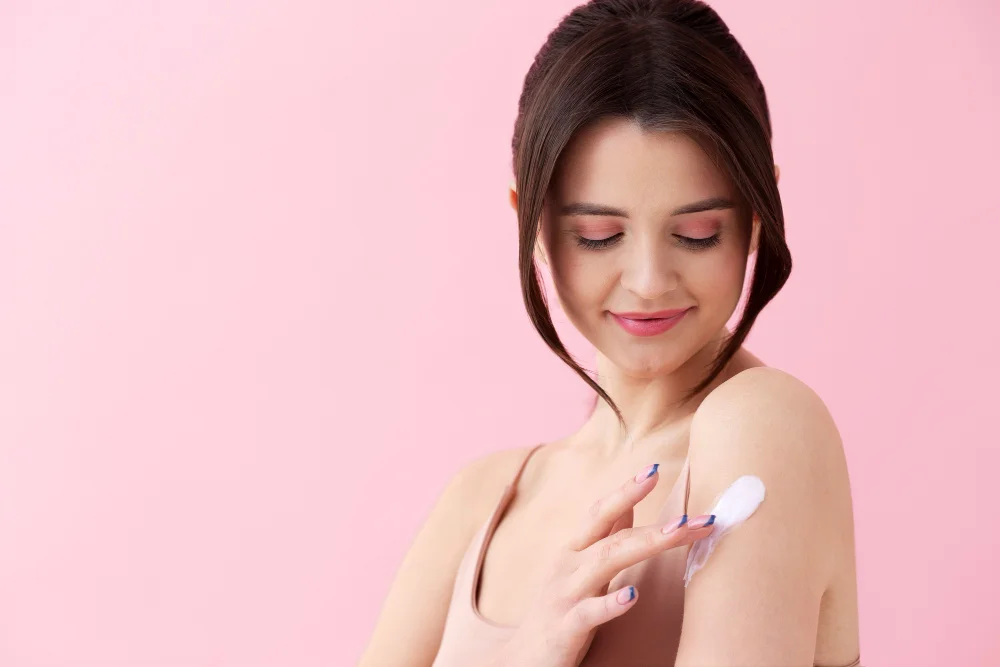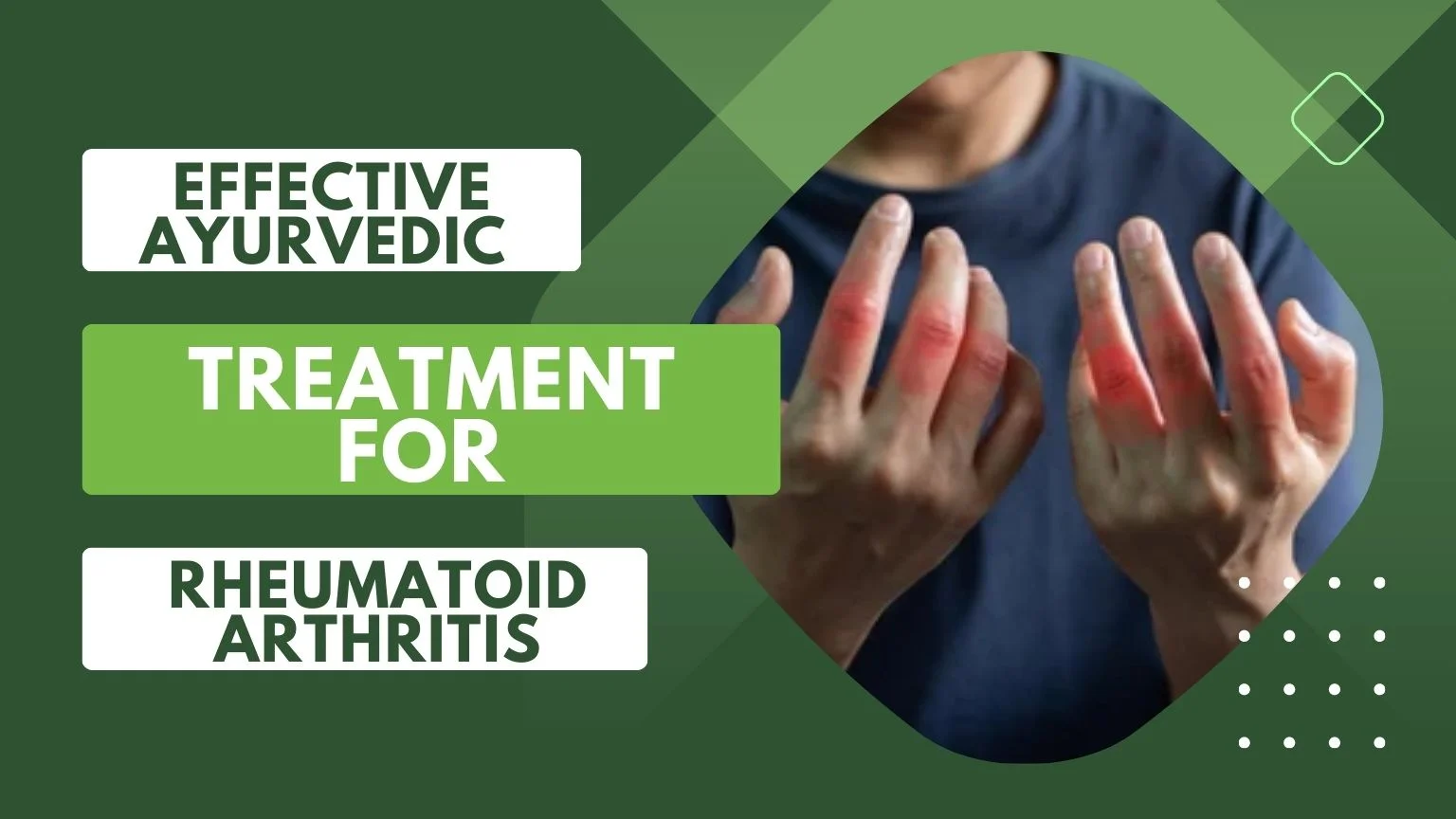Even before the emergence of fashion trends, celebrity endorsed wear, and mass market beauty products, humans have always craved to improve the way they look. Long before the foundation of any asthetic clinic had been laid, we were using make up in their crude forms to enhance our appearance.
Now in the 21st century, aesthetic treatments and beauty ideals have certainly come a long way. In this piece, we will journey from the past to the present, in a bid to explore the evolving technologies and innovations that have shaped the realm of aesthetics.
From the Ancient Times
Beauty has long been an essential part of human society, with the first evidence of beauty practices dating back to times gone by. For instance, the Egyptians were well-known for their sophisticated cosmetics and skincare procedures. They utilized kohl to line their eyelids and shield them from the sun, as well as a variety of natural products like honey and milk to keep their complexion glowing.
The Greeks and Romans also placed a high value on appearance, with skincare and hair care being components of their daily regimens.
The 19th Century
In the nineteenth century, the lines between science and medicine began to blur – and the dream of drastically altering one’s appearance wasn’t a dream anymore. to try to change one’s having said that, aesthetic medicine was still in its early stages, with numerous treatments and chemicals being tested on patients.
Dr. William Tilbury Fox, an English dermatologist, performed the first chemical peel using phenol in 1871. Dr. Paul Gerson Unna, a German dermatopathology trailblazer, improved these peels by introducing salicylic acid, resorcinol, phenol, and trichloroacetic acid (TCA).
In 1893, German physician Dr. Franz Neuber employed autologous fat as a filler, becoming the first clinician to extract fat from one portion of the body and inject it into facial areas. Dr. Robert Gersuny, an Austrian surgeon, tested the first rudimentary fillers, which were made of paraffin and created granulomas in the body, in 1899. Finally, the first breast transplant operation was performed utilizing a lipoma (a benign fatty tumor) extracted from a patient’s back and inserted in her breast by Dr. Vincent Czerny, an acclaimed German surgeon.
The 20th Century
The twentieth century saw fast technological advancements and artistic innovations. Cosmetic surgical operations such as facelifts and nose jobs were first performed in the early 1900s. However, these operations were invasive and included a substantial risk of complications.
Non-invasive procedures, like chemical peels and dermabrasion, first emerged in the 1960s. These therapies enabled the excision of damaged skin without the need for surgery.
Lasers were introduced in the 1980s, making treatments more precise and regulated. Lasers were initially utilized for hair removal before being adapted for skin resurfacing and diminished wrinkles.
The Present Day
In the present, the aesthetics industry is valued at more than 110 billion US dollars, and this figure is only going to soar, given the easy accessibility of aesthetic procedures and treatments to the masses. One of the most significant advances in recent years has been the proliferation of energy-based technologies. Lasers, radiofrequency, and ultrasound are examples of energy-based technologies that target particular regions of the body. They are becoming popular for a variety of procedures, including skin rejuvenation and body reshaping.
Another key development in the aesthetics sector is the adoption of non-invasive and minimally invasive treatments. Consumers have long demanded therapies that deliver favorable outcomes without requiring surgery or extensive downtime.
Now, let’s explore three key innovations from the world of aesthetics in the 21st century.
Skin Boosters
Abundant with important ingredients such as hyaluronic acid, skin boosters help hydrate and revitalize certain regions of the skin from within over a short span of time. The key is to have these injectables administered at regular intervals. These injectables are completely harmless and green-signaled by major drug regulatory authorities.
Mesotherapy
Think of Mesotherapy as an elixir for your skin. The specialist selects a mixture of components that are most suited to your needs, and then uses superfine injections to deliver all of these enzymes, vitamins, hormones, and plant extracts directly to the top layer of your skin. When serums are administered at home, our skin absorbs around 7% of them; however, with Mesotherapy, this can grow to 70%.
Hydra facial
Many aesthetic clinics in Dubai offer hydra facial as an alternative to conventional facials, simply because its benefits are glaringly visible and long lasting. It is a patented skin treatment that consists of three steps to revitalize your skin. But isn’t that what a normal facial does? The difference is, a hydraf acial uses cutting-edge methods and highly nutrient-rich serums to nourish your skin down to its deepest layers. Leading Dubai skin clinics such as SnB Aesthetic Clinic, The Elixir Clinic, and Lucia Clinic offer this treatment.


















